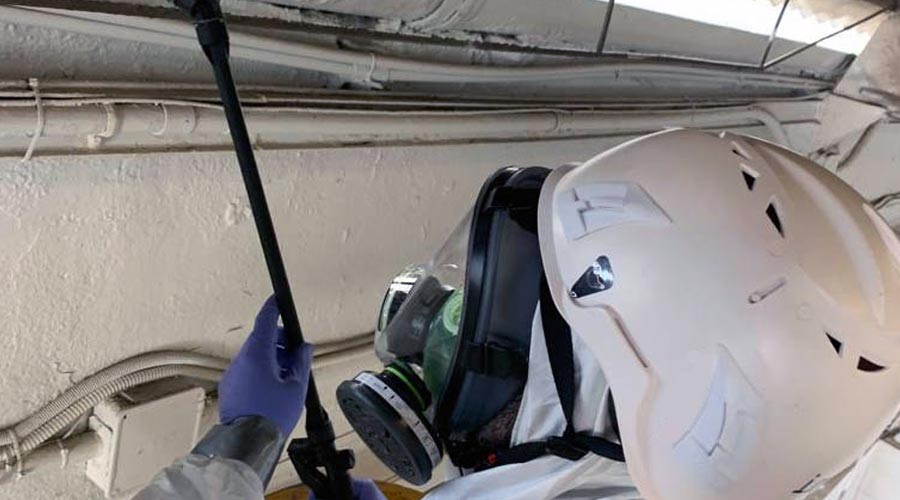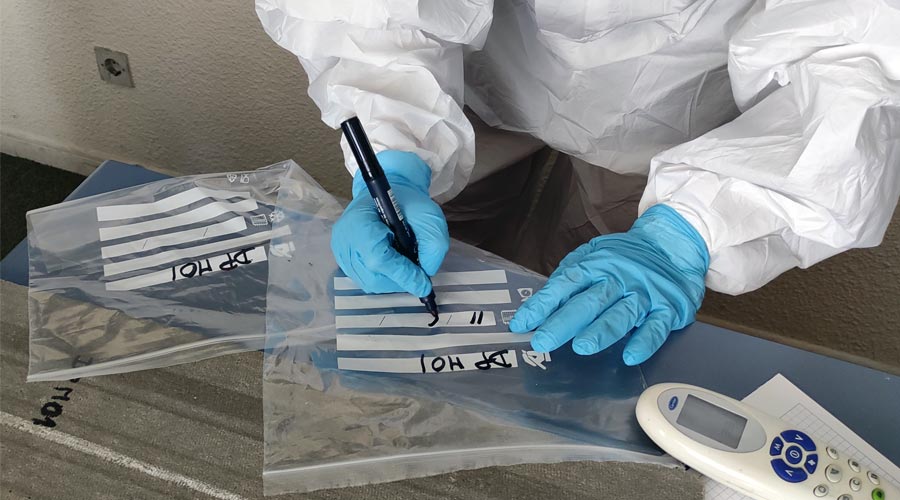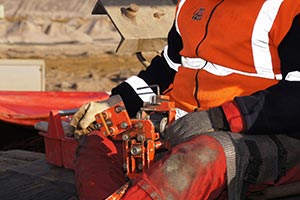What is
asbestos inspection ?
Asbestos diagnosis and analysis allows us to assess the level of risk associated with potential asbestos-containing materials in buildings and facilities and to establish action plans.
Asbestos-containing materials can pose a health risk if they release their fibres into the environment. The identification of the existence of asbestos in buildings and installations and the assessment and prevention of risks related to the exposure of workers to this material are therefore a necessity for companies and individuals.
Law 7/2022, of 8 April, on waste and contaminated soils for a circular economy establishes that, before 10 April 2023, local councils must draw up a census of installations and sites with asbestos, including a timetable for their removal.
Our technicians will help you locate the asbestos in your facilities, analyse it and advise you on the most appropriate measures in each case to achieve reliable risk management.
First inspection entity
accredited


Eurocontrol is the first inspection entity accredited by ENAC to carry out the following works, according to the criteria established in the UNE 171370-2 standard.
Type of inspection :
- Inspection Type 1: Location, Identification and Assessment of asbestos-containing materials (ACM), for their maintenance in use: Buildings and industrial installations.
- Inspection Type 2: Preliminary identification of asbestos-containing materials (ACM), for their removal: Buildings and industrial installations.
Location and diagnosis of asbestos
in accordance with UNE 171370-2:2021
The standard "UNE 171370-2:2021 Asbestos. Part 2: Location and diagnosis of asbestos" establishes the procedures for locating asbestos-containing materials, assessing the potential risk associated with each asbestos-containing material identified, establishing priorities for action and deciding on the need and type of appropriate measures to be implemented for its proper management.
What to do in a building suspected of containing asbestos?
Preliminary analysis:
- Documentary analysis (plans, technical reports, equipment sheets, etc.).
Reconnaissance and sampling visit:
- Inventory of probing
- Sample extraction
- Laboratory analysis
If asbestos is present:
- Risk assessment
What is the risk assessment?
Analysis of risk factors:
- Location of material
- Extent / quantity of material
- Accessibility of users
- Potentially exposed persons
- Technical accessibility
- Condition of the material (or possible deterioration)
- Variety of material
- Weighting according to the friability of the material
Response actions:
Once the risk assessment has been carried out, a decision on the material needs to be taken.
The possible response actions, with 1 being appropriate for the highest risk and 4 for the lowest risk, would be:
- Removal of the material.
- Encapsulation. Enclosure of the material with a physical barrier.
- Stabilisation. Surface protection with a sealing product.
- Signage, documentation of the presence of the material, and design of a maintenance plan if not to be removed.
If not complete removal:
- Operation and maintenance plan.
- Work manual and procedures.
Sampling
and analysis


Sampling of materials containing asbestos or presumed to contain asbestos and analysis in an accredited laboratory in accordance with the UNE-EN ISO/IEC 17025 standard.
The methods used for the determination of asbestos in the samples of materials taken are based on the following techniques depending on the objective of the analysis:
- Optical polarisation-dispersion microscopy (OPDM).
- Electron Microscopy (Transmission-MET or Scanning Electron Microscopy-SEM).
- Other techniques such as X-ray diffraction (XRD).
The experience accumulated by Eurocontrol in work related to asbestos from the different perspectives of its business lines (Occupational Risk Prevention, Building and Environmental Control) allows us to offer a comprehensive service to our clients to achieve a reliable management of the risk posed by the existence of this compound.
Discover our other
related services
Why choose Eurocontrol?

a team of experts at your disposal

Geographical coverage nationwide





